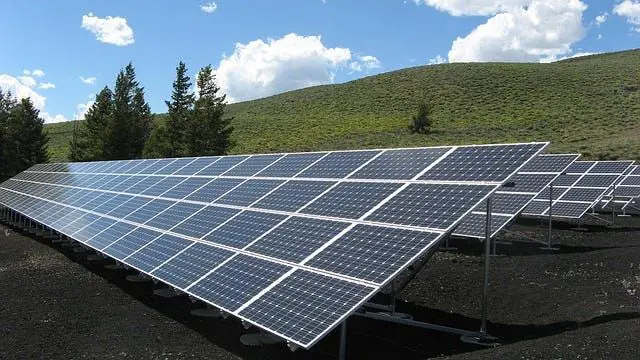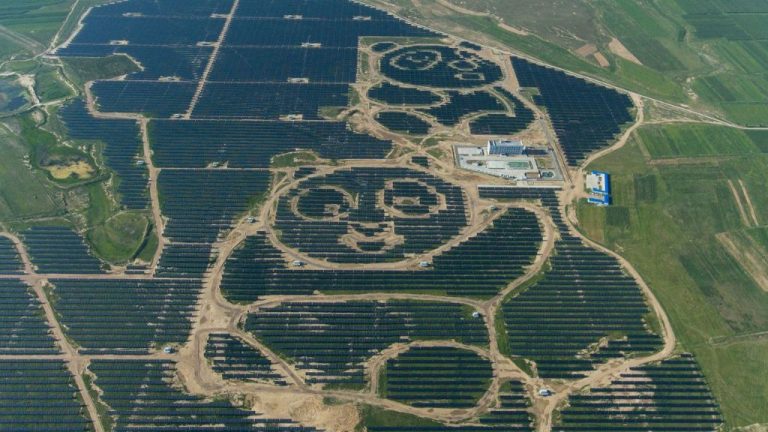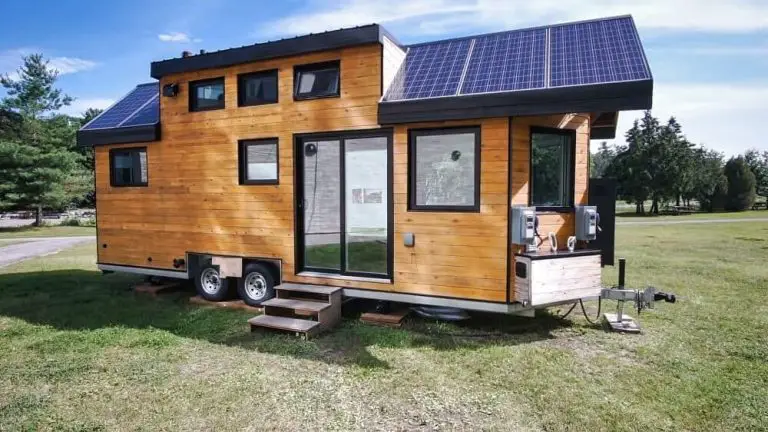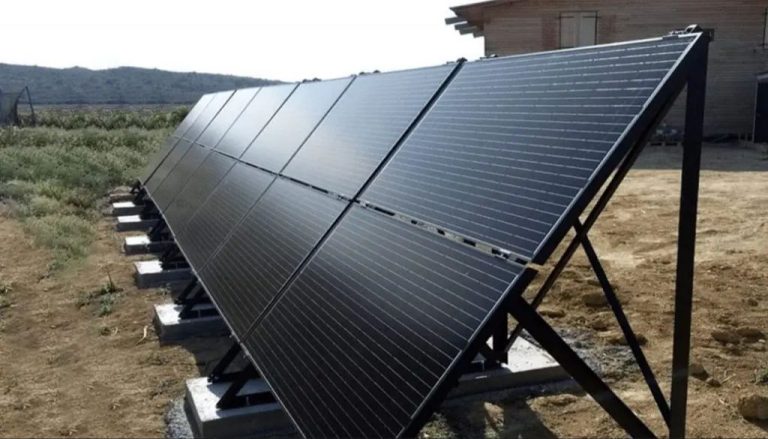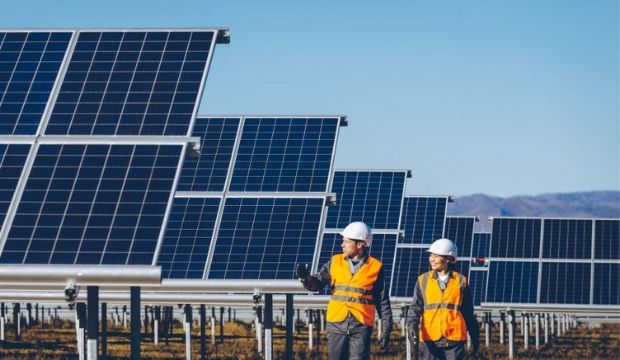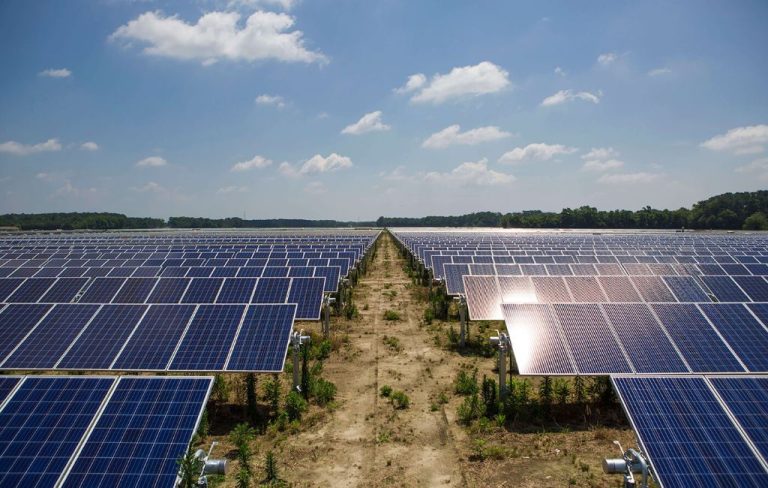What Is Solar Power Also Known As?
What is Solar Power?
Solar power, also known as photovoltaics, is the conversion of sunlight into electricity. Solar cells, which are made from materials like silicon, absorb photons from sunlight and release electrons, generating an electric current. This electricity can then be used to power homes, buildings, and more.
The concept of utilizing the sun’s energy has been around for over a century, but solar power has become more efficient and affordable in recent decades. While solar only provided a tiny fraction of global electricity in the 1990s, capacity and usage has expanded rapidly in the 21st century as costs have declined. Today, solar power provides 3% of total worldwide electricity demand and counting.
Solar panels convert sunlight into direct current (DC) electricity. Inverters then convert this DC output into alternating current (AC), which is what the electrical grid uses. Systems can be configured for grid-connected applications where excess electricity is sent back to the grid, or for off-grid use like RVs, remote cabins, and more.
Other Names for Solar Power
Solar power goes by many other names including:
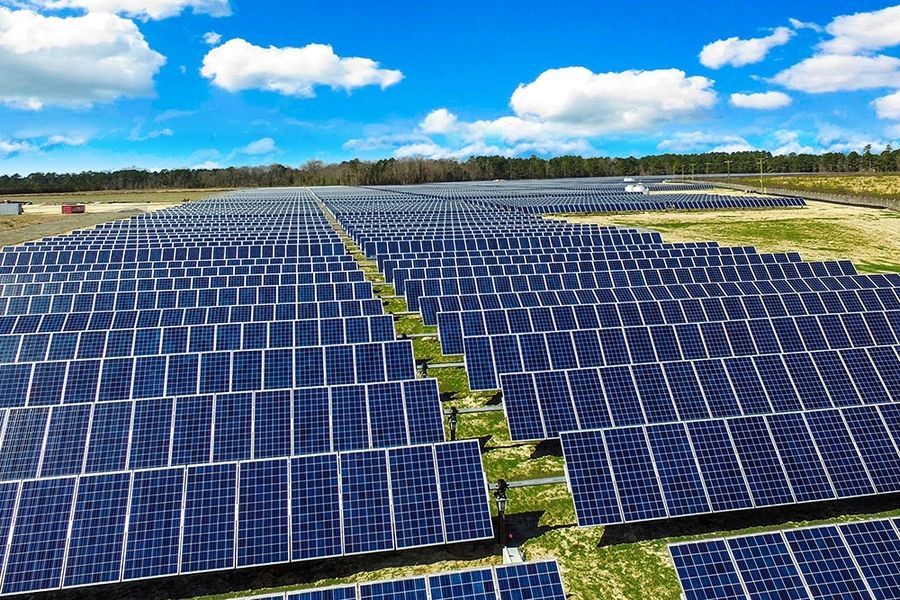
- Photovoltaics
- Solar energy
- Solar PV
The term “photovoltaics” refers to the process of converting light (photons) into electricity (voltage) using solar cells. This is the most technical and precise name for solar power technology.
“Solar energy” and “solar power” are used interchangeably and refer to energy from the sun being captured and converted for practical use. These are more general terms compared to photovoltaics.
“Solar PV” stands for solar photovoltaics and is another common term used to describe solar panel systems that generate electricity from sunlight. The “PV” indicates the photovoltaic effect that enables the process.
So in summary, photovoltaics, solar energy, and solar PV all describe the conversion of sunlight into usable electrical energy via solar cells/panels. They highlight different aspects of the technology but refer to the same renewable energy source derived from the sun.
Advantages of Solar Power
Solar power has a number of important benefits that make it an appealing energy source for the future. Here are some of the main advantages of solar power:
Clean, renewable resource: Solar energy comes from the sun, which is a renewable resource that will be available for billions of years to come. Solar power generation produces no air or water pollution, greenhouse gases, or radioactive waste. It has a very small environmental footprint compared to fossil fuels.
Reduces reliance on fossil fuels: Using more solar power allows us to depend less on coal, oil, and natural gas. This provides energy security and insulation from global fossil fuel prices and supply disruptions. Solar diversifies our energy mix.
Cost savings long-term: While solar panels have upfront costs, once installed they provide free electricity for decades with practically no maintenance needed. This provides cost certainty and insulation from rising electricity rates. The fuel (sunlight) is free. Overall, solar saves money in the long run.
Disadvantages of Solar Power
Solar power has become increasingly popular and cost-effective, but it does come with some downsides. Here are the key disadvantages:
High upfront costs – Installing solar panel systems requires significant upfront investment. The cost of purchasing and installing solar panels, inverters, mounting systems, etc. can be daunting for homeowners and businesses. Though solar incentives and rebates help offset costs, the initial expense can deter adoption.
Intermittency issues – Solar energy depends on sunlight, which is only available during daytime hours and varies due to weather and seasons. Cloudy days and nighttime reduce solar generation, which can make it an unpredictable energy source. Energy storage solutions can help mitigate but not eliminate intermittency.
Sunlight dependence – Areas that receive consistent sunshine throughout the year are best suited for solar power. Cloudy regions may not generate as much solar energy to justify the investment into panels. Geographical limitations can restrict applications.
Space requirements – In order to capture enough sunlight to make solar worthwhile, significant roof or ground area is needed for panel installations. Space constraints in dense urban areas or for homes/businesses with limited usable land can make solar impractical.
Storage limitations – For solar energy to be useful at night or on cloudy days, effective storage systems are essential. But current battery technology has limitations in terms of capacity and costs. Ongoing storage innovations may help overcome this.
Solar Power Applications
Solar power has a wide range of applications, from small scale residential systems to large scale commercial and industrial installations. The two main types of solar power systems are on-grid (connected to the electricity grid) and off-grid (stand-alone not connected to the grid).
Residential
For homes, solar PV systems are typically roof-mounted arrays that feed into the grid. Any excess solar energy can be sold back to the utility. Off-grid solar systems with batteries allow homes to operate independently. Solar thermal panels can provide domestic hot water.
Commercial
Businesses like factories, warehouses, retail stores can install large roof or ground mounted arrays to offset daytime energy usage. Solar PV provides clean power and reduces electricity bills without any fuel costs.
Industrial
Solar has applications in various industries. Large solar farms can generate power to be sold into wholesale energy markets. Solar process heating systems concentrate sunlight to provide industrial process heat. Solar PV can provide off-grid power for equipment, lighting, and appliances at remote sites.
With solar panel costs decreasing and efficiency increasing, solar power adoption continues to grow in homes, businesses, and industry. Both grid-connected and off-grid solar deliver economic and environmental benefits.
Solar Cell Types
There are three main types of solar cells used in solar panels:
Monocrystalline Solar Cells
Monocrystalline solar cells are made from a single silicon crystal. They have a homogeneous black color and uniform appearance. Monocrystalline cells are the most efficient type of solar cell, with average efficiencies around 15-20%. However, they are more expensive than other types of solar cells.
Polycrystalline Solar Cells
Polycrystalline solar cells are made from multiple silicon crystals fused together. They have a speckled blue color and rectangular shapes. Polycrystalline cells are less efficient than monocrystalline cells, with average efficiencies around 13-16%. However, they are cheaper to produce.
Thin-Film Solar Cells
Thin-film solar cells are made by depositing thin layers of photosensitive materials onto substrates like glass, metal or plastic. Types of thin-film cells include cadmium telluride (CdTe), copper indium gallium selenide (CIGS) and amorphous silicon (a-Si). Thin-film cells are less efficient than crystalline cells, with average efficiencies of 7-13%. However, they can be flexible and have a better performance in high temperatures.
Future of Solar Power
Solar power is poised for dramatic growth and improvements in the coming years. The key areas to watch are:
Improving Efficiency and Costs
Researchers are making solar panels more efficient at converting sunlight into electricity. Consumer prices continue to fall each year, making solar power more affordable and competitive. Emerging technologies like perovskite solar cells and organic photovoltaics could push efficiency even higher while further reducing costs.
Growth Projections
Solar power capacity is expected to see massive growth, potentially supplying up to 20% of global electricity by 2027. As prices fall, more homes and businesses are adopting solar. Utility-scale solar farms are also expanding rapidly.
Role in Renewable Energy Transition
Solar power will play a major role in the global transition to renewable energy. It offers a clean, sustainable power source that can scale up rapidly. As solar continues to gain market share, it will help reduce reliance on fossil fuels and mitigate climate change.
Interesting Facts About Solar
Here are some fascinating facts about solar power:
The world’s largest solar power plant is the Bhadla Solar Park in India. Completed in 2021, it has a capacity of 2,245 MW – enough to power over 1 million homes!
China leads the world in total installed solar power capacity with over 305 GW as of 2021. This is more than any other country’s total renewable energy capacity.
The cost of solar energy has dropped over 90% in the past decade, from around $0.36 per kWh in 2010 to $0.03 per kWh today.
Morocco is home to the largest concentrated solar power plant in the world. The Noor Complex has a total capacity of 580 MW and provides electricity for over 1 million people.
The International Space Station is powered by an acre of solar panels. This generates up to 120 kW of energy from the sun.
The world record for the highest efficiency solar cell is 47.1%, set by scientists at the National Renewable Energy Laboratory (NREL) in the United States.
Solar power accounted for 58% of all new electricity generation capacity added in the United States in 2021, its highest ever share.
Notable Solar Power Projects
Solar power capacity has expanded rapidly in recent years through the development of major solar energy projects around the world. Here are some noteworthy examples:
Bhadla Solar Park – Located in Rajasthan, India, this is one of the largest solar parks in the world with a total capacity of 2,245 MW. The park was built in phases and completed in 2018.
Tengger Desert Solar Park – With 1,547 MW capacity, this park in Zhongwei, China was the world’s largest photovoltaic power station when completed in 2016.
Kamuthi Solar Power Project – Kamuthi, India is home to this 648 MW solar park, which was the largest single location solar power plant at the time of its completion in 2016.
Topaz Solar Farm – One of the first utility-scale solar farms in the U.S., this 550 MW solar photovoltaic power plant is located in San Luis Obispo County, California.
Noor Complex – Located near Ouarzazate, Morocco, this is one of the world’s largest concentrated solar power complexes with over 500 MW capacity.
Conclusion
Solar power is playing an increasingly important role in renewable energy production around the world. Though solar only accounted for about 3% of total global electricity generation in 2019, that figure has been rising steadily each year as solar technology improves and costs continue to fall dramatically. With solar already cheaper than fossil fuels in many regions, and projected to be the cheapest form of electricity globally by 2030, we are likely to see solar’s share of electricity generation grow substantially in the years ahead.
Solar power offers significant advantages over other energy sources, including its abundance, renewability, declining costs, modularity, and lack of emissions. While solar does face challenges like intermittency and land use requirements, researchers are working to improve energy storage solutions and increase panel efficiencies to mitigate these issues. With supportive policies and continued innovation, solar has the potential to play a major role in the global transition to clean energy and efforts to address climate change.
Though the future is bright, more work remains to be done to fully harness the promise of solar energy. But the dramatic growth of solar power to date provides hope that this renewable resource could transform our energy system and usher in a cleaner, more sustainable future powered by the sun.

